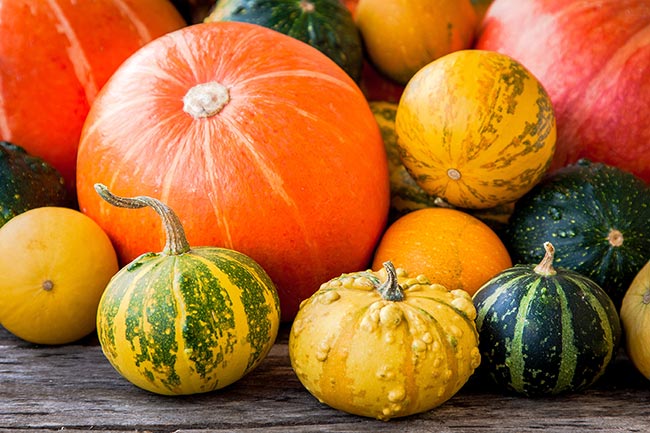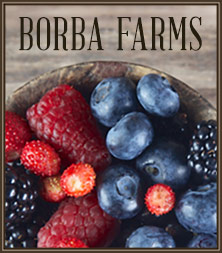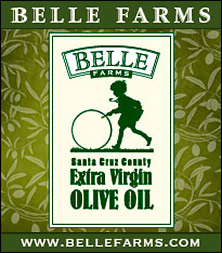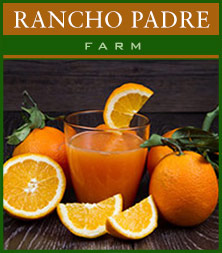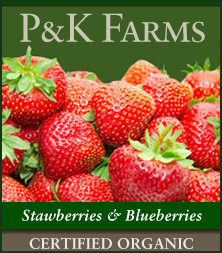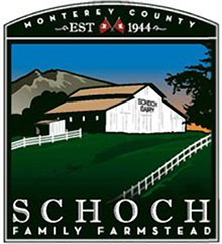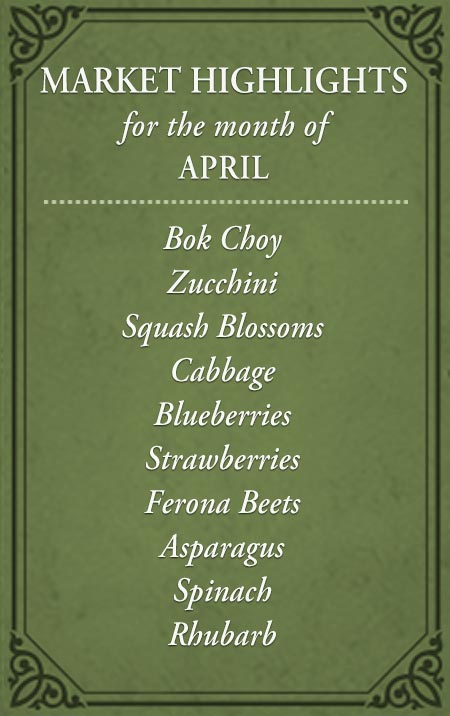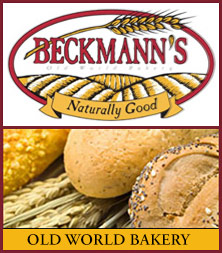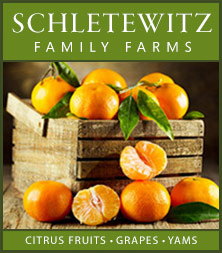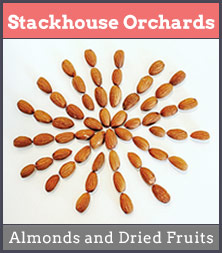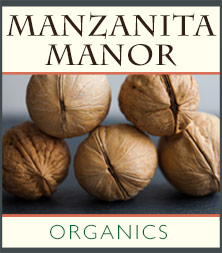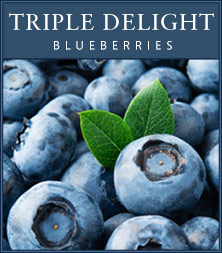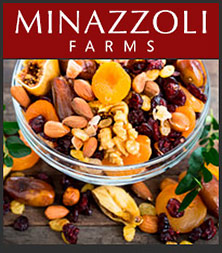It wouldn’t be fall without the arrival of winter squash! With their vibrant colors, varied shapes, and naturally sweet, earthy flavors, winter squash varieties are a hallmark of the autumn harvest on the Central Coast. From creamy butternut to nutty kabocha, hearty acorn to richly flavored delicata, local farmers bring a wide array of squash to market—each with its own character and best use in the kitchen.
Beyond their beauty and versatility, winter squash are a nutritional powerhouse. Packed with beta-carotene, Vitamin A, Vitamin C, potassium, and dietary fiber, they offer both comfort and nourishment during the cooler months. Whether roasted, puréed into soups, baked into bread, or simply steamed with a pat of butter, these seasonal staples are as healthful as they are delicious.
Tips for Selecting Winter Squash
When shopping for squash at the farmers market, keep these tips in mind to pick the best of the season’s bounty:
- Weight and Firmness: Choose squash that feels heavy for its size and is rock hard. This indicates density and ripeness.
- Color and Finish: Look for deep, vibrant color with a matte finish. A shiny surface often means it was waxed (not at our farmers’ markets), which can hide quality issues. A matte finish signals maturity, developed sugars, and better flavor, along with higher beta-carotene content for more Vitamin A.
- Ripeness Indicators: Lighter-skinned squash should have a rich, even tone. Avoid squash with a greenish cast—that means it’s not fully mature. If it grew on the ground, check the “field spot”: it should be yellow or orange, not green.
- Stem Quality: Make sure the stem is still attached and dry. A missing stem can cause squash to deteriorate quickly, while a dry, woody stem signals maturity and longevity.
- Cut Squash: If buying a pre-cut piece, inspect the flesh. It should be tight-grained, slightly moist, and bright in color—not dry or grainy.
Cooking Inspiration
Winter squash adapts beautifully to a range of cooking methods:
- Roast wedges or cubes with olive oil, salt, and herbs for caramelized edges and deep flavor.
- Purée cooked squash into soups, sauces, or smooth fillings for pasta.
- Bake halved squash stuffed with grains, vegetables, or sausage for a hearty one-dish meal.
- Mash with butter and spices as a wholesome side dish.
- Butternut or pumpkin-like squash varieties make excellent pies, quick breads, and muffins.
No matter the variety, winter squash brings warmth and comfort to seasonal cooking. Pair them with local greens, nuts, cheeses, or apples for a true taste of fall on the Central Coast.
RECIPES: Click here for winter squash recipes | Click here for pumpkin recipes


